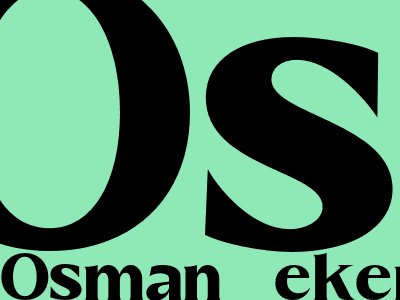An In-Depth Guide to Blog Post SEO: Writing Content That Ranks
Introduction
In today's digital landscape, having a strong online presence is crucial for businesses and individuals alike. Blogging has emerged as a powerful tool to connect with your target audience, establish thought leadership, and drive traffic to your website. However, simply creating content is not enough—to truly succeed in the competitive world of online publishing, you need to optimize your blog posts for search engines (SEO).
SEO involves a range of techniques that help your content rank higher in search engine results pages (SERPs). By following SEO best practices, you can increase the visibility of your blog posts, attract more organic traffic, and ultimately achieve your business goals.
Keyword Research: The Foundation of SEO
Keyword research is the cornerstone of effective SEO. It involves identifying the terms and phrases that your target audience is searching for online. By incorporating these keywords into your content, you make it more likely that your blog posts will appear in the search results when people search for those terms.
Tips for Effective Keyword Research
- Use keyword research tools to identify relevant keywords
- Consider long-tail keywords (more specific, less competitive phrases)
- Analyze search intent to understand what users are looking for
Creating High-Quality Content: The Core of SEO
While keywords are important, they should never be prioritized over the quality of your content. Search engines reward websites that provide valuable, informative, and well-written content. Focus on creating content that meets the needs of your target audience, answers their questions, and provides solutions to their problems.
Elements of High-Quality Content
- Well-researched and accurate information
- Clear and concise writing style
- Engaging and informative tone
- Proper grammar and spelling
On-Page SEO: Optimizing Your Blog Posts
On-page SEO involves optimizing the content and structure of your blog posts to make them more search engine friendly. Here are some key elements to focus on:
Heading Tags
- Use heading tags (H1, H2, etc.) to structure your content
- Include your main keyword in the H1 tag
- Use H2 and H3 tags for subheadings and sections
Meta Tags
- Create a compelling title tag (less than 60 characters)
- Write a concise and informative meta description (less than 160 characters)
Internal Linking
- Link to other relevant blog posts within your content
- Use anchor text that includes your keywords
Image Optimization
- Include images in your blog posts to make them more engaging
- Optimize image file sizes for fast loading
- Use descriptive alt tags that include your keywords
Off-Page SEO: Building Backlinks and Social Signals
Off-page SEO involves promoting your blog posts and building backlinks from other websites. This helps search engines understand the authority and credibility of your content.

Komentar